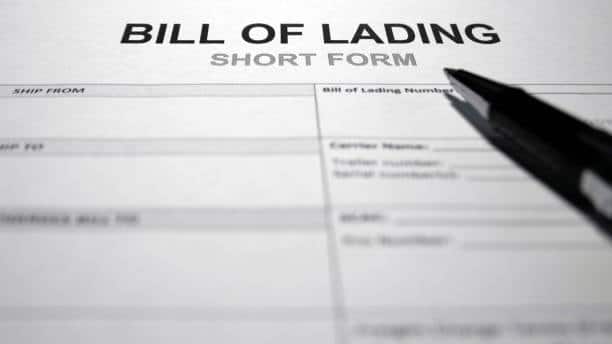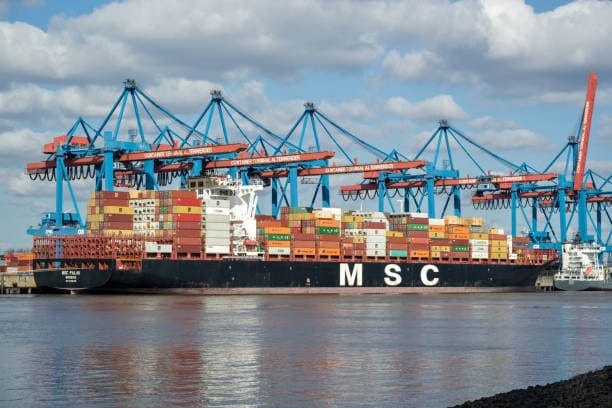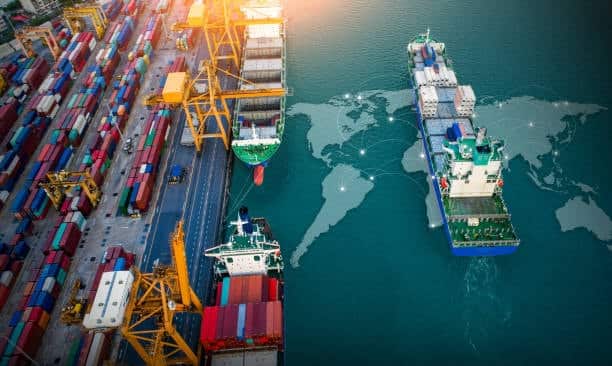A Bill of Lading, including a straight bill, stands as a legally protected document which fulfills an essential role within the shipping industry, particularly for the ocean paper bills in the international shipment sector, similar to the airway bill in air freight. The human resources department values the Bill of Lading as an essential three-part document which performs as a contract and receipt and title transfer instrument, ensuring efficient use of cargo space .
The document provides necessary details about shipments and specifies ownership and legal requirements between the shipping party and delivery party and carrier. Shipping operations benefit from Order BOL and Straight BOL while Clean BOL and Electronic BOL serve as a clean bill or title document for distinct purposes of bill of lading compliance for distinct purposes to meet compliance requirements of diverse shipping needs.
Financial organizations consider the BOL and air waybill to be valuable because it serves as security for securing loans and trade financing transactions. A Bill of Lading possesses features that distinguish it from a Sea Waybill since it enables multiple owner transfers through its negotiability by the carrier , whereas a claused bill may limit such transfers .
It operates under documented protocols for telex release and accuracy purposes while maintaining both legal compliance and proper financial record-keeping to reduce disputes and fraud as well as financial risks. freight forwarding knowledge ensures efficient and secure delivery operations which stabilizes worldwide trade operations.













